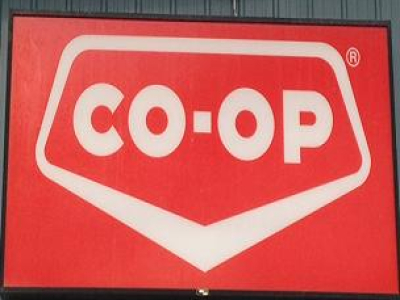As canola fields are bursting into their bright yellow blooms, two groups are highlighting how bees work into the mix.
Manitoba Canola Growers and the Knowledge and Research Transfer Program for Apiculture note that canola is one of the biggest sources of nectar for bee populations this time of year, and in turn, those bees pollinate the crops and increase yields.
Manitoba produces more than 8,500 metric tonnes with a value of over 50 million dollars. The managed bee industry contributes up to 150 million dollars in increased pollination to canola, alfalfa, and other crops grown in the province per year.
The problem is other insects, the means of fending them off.
Canola can require insecticide treatment for a wide variety of pests. If they are needed, MCG states the best practice is to notify nearby beekeepers 48 hours before an application, so they can cover or move their bees so they are safe from the insecticide.
Both organizations encourage both Farmers and Beekeepers to keep in touch with each other, stating "Simple steps like open communication, using treatment thresholds, considering pesticides with minimal impact on beneficial insects and pollinators, as well as proper application timing will ensure the best possible outcomes for both stakeholders and a bright future for both honey and canola production in Manitoba"







